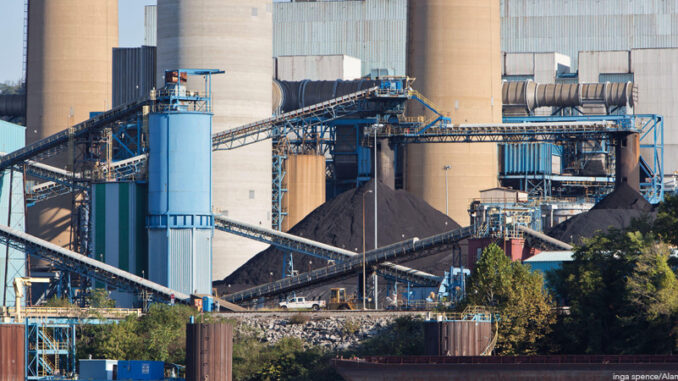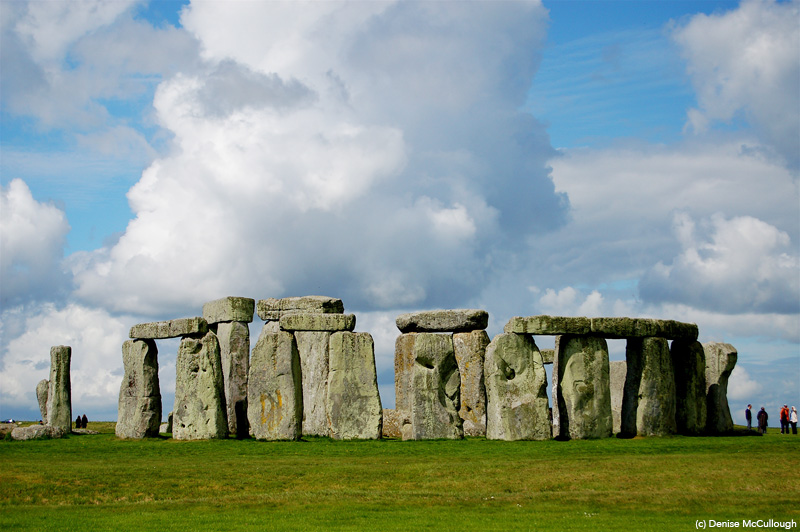
Hawaii May Lift Travel Restrictions Soon
As COVID infection rates and new case counts decline across the country, many states and communities are relaxing restrictions. Mask mandates, social distancing rules, and travel restrictions are being removed. Hawaii has some of the strictest travel restrictions in the country, but it may be dropping these rules by spring, according to state authorities.
Currently, Hawaii has a mandatory five-day self-quarantine for any traveler coming from another U.S. state or territory, unless they present a negative COVID test and proof that they are fully vaccinated. (Fully vaccinated in this case doesn’t require an additional booster shot.) Anyone who isn’t vaccinated must take a mandatory pre-travel test and quarantine upon arrival. International travelers must show both proof of vaccination status and a negative test result. But according to Hawaii Lt. Governor Josh Green, all travel restrictions may be lifted completely in the next few months–if infection rates do not surge.
Hawaii’s economy is extremely dependent on tourism, so the COVID crisis has had an especially devastating impact there. Today, tourism in Hawaii is still about thirty to forty percent lower than it was pre-pandemic. At its peak in January 2022, Hawaii had 58,000 active cases and 418 hospitalizations. The state is now 66 percent below that peak, which is what has prompted these conversations about lifting restrictions. Hawaiians are more than 75 percent fully vaccinated. For now, the state will continue its indoor mask mandate and social distancing safety requirements.
What Do You Think? In your opinion, is it a good idea for Hawaii to full relax travel requirements now? Why or why not?
Munich Security Conference 2022
Last week was the 58th annual Munich Security Conference, which returned after taking a break in 2021 due to COVID. Here is a history of the event and a summary of what was discussed at this international meeting.
The Munich Security Conference (MSC) has been an important independent forum for discussing international security policies. Diplomats representing countries from all over the world meet to discuss and debate their top security concerns. One of the well-known outcomes of the conference is the Munich Security Report, which publishes research, statistics, and maps about the world’s top security issues. The conference also includes leaders in academia, the media, and civil society. When the conference began in 1963, it included only a few dozen policymakers, and all of them were from Germany, the United States, and their NATO allies. After the Cold War ended, the conference broadened to include non-Western nations. It has continued to grow, expand, and broaden its focus since then.
This year’s conference focused on defense, global order, human security, sustainability, and technology. Concerns about the Taliban retaking control in Afghanistan and the humanitarian issues affecting that country was one big area of discussion. The civil war in northern Ethiopia and the continued military tension in Ukraine was another area of focus. The conference also discussed the weaknesses in technology that affect both the global economy, such as the supply chain problems exposed by the pandemic. The theme of the event was to confront a growing sense of helplessness that weakens global optimism.
But the conference attendees reported some strategies to confront this helplessness. The MSC is trying to learn from the results of the U.S. withdrawal from Afghanistan to see what mistakes were made and use that information to guide future interventions in the region. Attempting to prevent war in Eastern Europe, the members of the MSC recommended sanctions to try and persuade Russia to stop changing the political situation in the area. To solve the supply chain issues, the MSC recommended greater cooperation between economic partners to overcome times of economic weakness.
What Do You Think? This year’s conference focused on defense, global order, human security, sustainability, and technology. Choose one of these topics and learn more about the conference recommendations in this area.
New Stonehenge Exhibit Seeks to Answer Mystery
How much do you know about Stonehenge? You may have seen photographs of the monumental structure. But we are still trying to learn more about the site’s history. The British Museum is seeking to learn more about Stonehenge with a new exhibit that pulls in 430 items from the United Kingdom and Europe.
Stonehenge, a UNESCO World Heritage Site, is about 4,500 years old and covers 6,500 acres (for context, that’s about seven and a half times the area of Central Park in New York City). The stones that it’s made up of weigh about 25 tons each. They are arranged to show the passage of the sun across the sky. In ancient times, it likely was used as a burial site, a ceremonial site, and more.
The British Museum takes a unique approach to Stonehenge by looking at its larger context, rather than just the monument itself. For example, while Stonehenge took an estimated 1,500 years to build, the location was already marked out by wooden poles set into pits. Those poles are about ten thousand years old. At that time, Britain was still connected to the mainland by a land mass called Doggerland. The stones that make up the monument’s inner ring have been traced back to the Presell Hills in Wales, about two hundred miles from Stonehenge’s location in southwestern England. So in order to really understand Stonehenge, the exhibit argues, one must widen the window of time and geography and consider the larger context of the monument.
The exhibit itself displays items from about eight thousand years of history. Some artifacts on display include bone headdresses; timber circles; ancient tools and musical instruments; gold hats that are etched with astrological maps; and a rare showing of Germany’s Nebra sky disc. This item is thought to be the world’s oldest depiction of the cosmos. It helps provide context to Stonehenge’s role as an astrological marker.
Dig Deeper Create a travel brochure to convince people to visit Stonehenge. Include facts about it, as well as its historical importance.
West Virginia Lifts Ban on Nuclear Power
In 1996, the state of West Virginia banned nuclear power plants. There were two reasons for this. The first was concern over the safety of nuclear power. The second was because of West Virginia’s role as a leading coal producer. Now, however, Governor Jim Justice has signed a bill that would lift that quarter-century-old ban.
West Virginia is second only to Wyoming in states that produce coal. In 2019, West Virginian coal accounted for five percent of the nation’s total energy production. Moreover, coal provides 88 percent of the energy used in West Virginia. Environmental advocates encourage a move to cleaner energy–including solar–to help combat the effects of climate change. But many West Virginians are concerned about losing jobs and hurting the state’s economy. The state has already lost thousands of coal jobs to “green” energy, such as solar and wind.
Right now, 28 states have nuclear power plants, including states that border West Virginia. In fact, Maryland, Ohio, Pennsylvania, and Virginia have a combined 8,500 nuclear energy jobs. In his remarks, Governor Justice stated that it will be up to the state legislature to continue researching and monitoring the best and safest nuclear energy practices, by keeping an eye on technological advances and what’s happening in other states.

